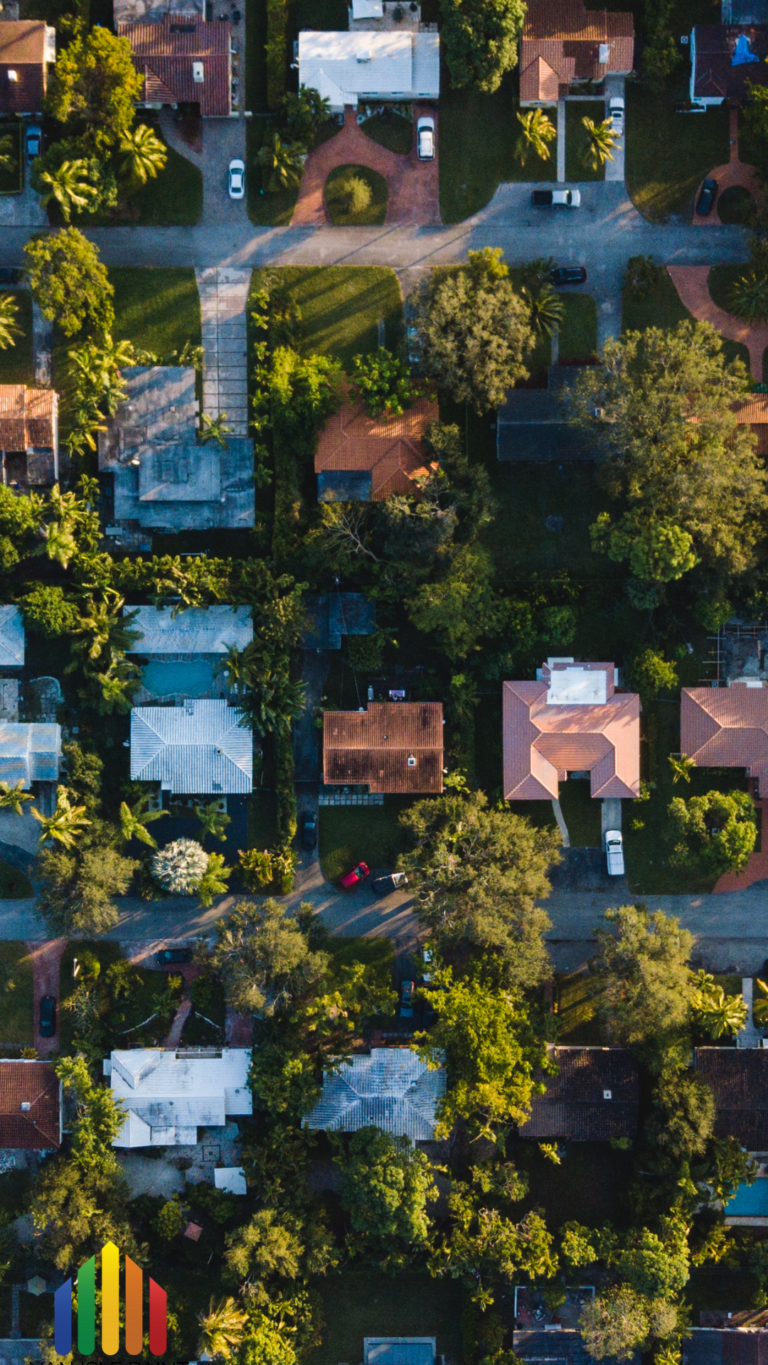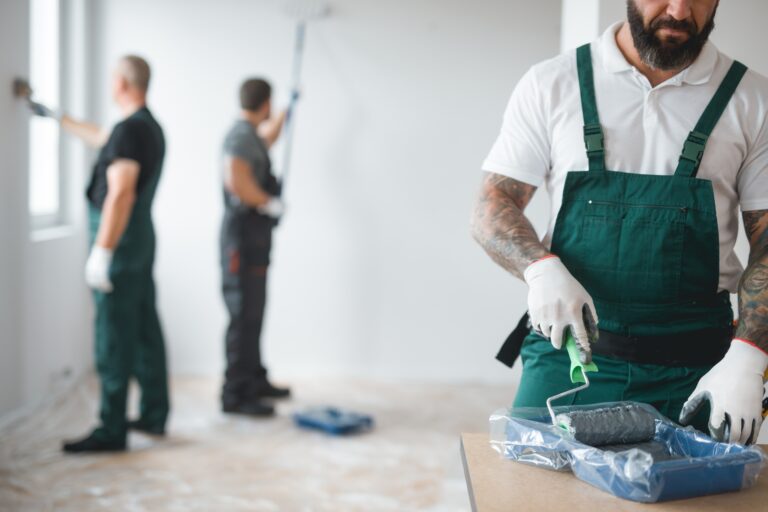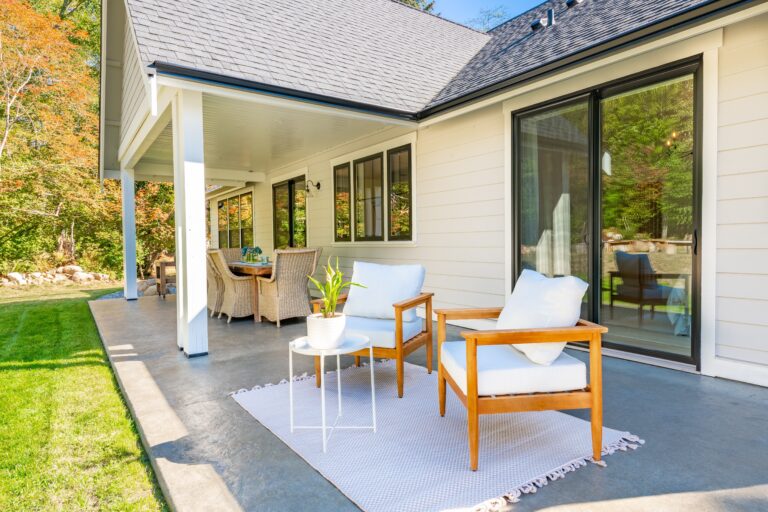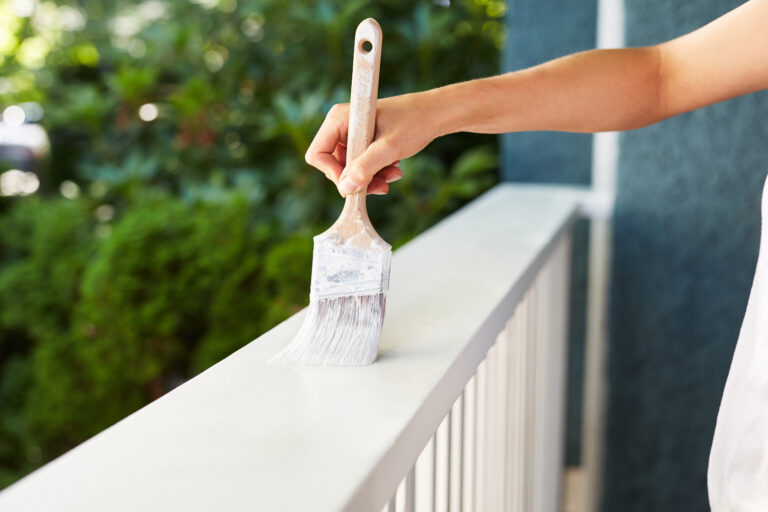Before we go into detail about how, when, and why a primer should be used, we’ll review what a primer is and the purpose it serves. Primer, sometimes called primer paint, isn’t technically paint. Primer’s main purpose is to serve as both a masking and adhesion agent.
If you’re looking to cover a dark paint colour with a lighter colour, primer helps mask the old colour. This way the new colour appears closer to its true hue.
Primer can also help new paint adhere to a surface better, since certain paints don’t bond well to all surfaces. Primer also helps fill in holes and cracks on porous materials, like wood or concrete. The primer helps paint bond to slick surfaces like aluminum. Here are some examples of how a primer should be used on different surfaces, depending on condition:
- One Coat—New drywall, raw wood, subtle colour changes.
- Two Coats—Damaged drywall, stained walls, rusty metal.
- Three Coats or More—Wood paneling, bold colour changes.
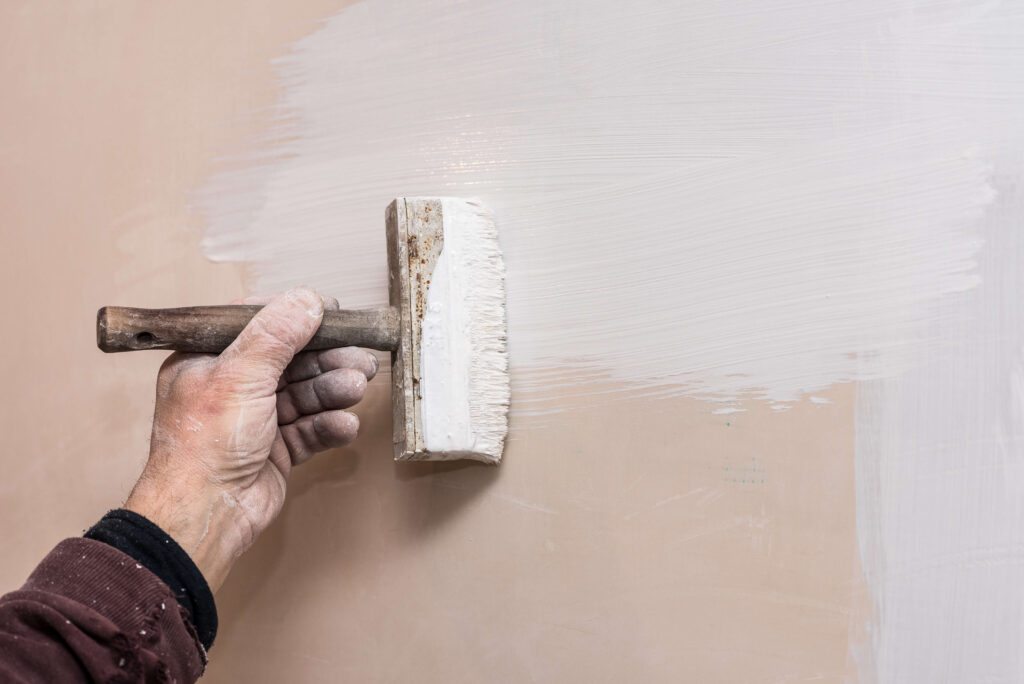
How Much Primer you Need is Based on What you’re Painting
No two painting jobs will be the same, but there are some general guidelines that you can follow to make sure your project goes as smoothly as possible. Let’s review some of the main situations and materials you’ll encounter and how to deal with each.
As we mentioned briefly above, one of the first things to consider is what you’re painting. Materials like unfinished wood and untreated drywall can absorb paint coats. You’ll want to make sure you use at least one or two coats of primer. By doing this, we ensure the porous surfaces will be ready for your paint. If you’re going to be working with a material like metal or finished wood, the chance of absorption is less. Then you will only need one coat of primer. If the metal is rusty, two coats will prevent the paint from peeling.
Another important factor to consider is what kind of paint is already on the surface you intend to paint. If your surface has no paint, white paint, or another light colour, you may be fine without primer. This is true in some cases, though sometimes it will be better for the overall health of your paint to have one coat applied. If you are trying to cover a dark paint, we will probably want to apply two or more coats of primer. The primer really gives yourself a fresh workspace. Darker colours will make it hard for a new paint colour to be properly displayed.
Although each surface and base colour will be different, it’s a safe bet that one coats of primer will achieve any priming goals you have.

Do I need Primer?
In some cases, primer is necessary, especially for drywall or bold colour changes. New drywall, for example, soaks up paint like a sponge. What might take three or four coats of paint can be accomplished with one coat of primer and maybe two coats of paint.
Wood paneling often needs a few coats of stain-blocking primer. Without a good primer, it could take upward of six coats of paint to cover the wood grain. And even then, the grain still might show through after the paint cures. For specific questions related to your home, reach out to us at Van Isle Paint, Victoria BC’s favourite painting company, we’ll be happy to assess the project and lend the help you need.
What Primer Should I Use?
You’ve probably figured out by now that because no painting project is identical, there isn’t a one-size-fits-all primer. Before you put brush to any surface, you’ll want to look at a few different primers to determine which one fits your needs.
Cloverdale and Sherwin Williams in Victoria, BC, have multiple options for specific materials, and it would be a good idea to look through their offerings based on your needs. Another thing to consider is the base of the paint you are using. If you plan to use an oil-based paint (like an enamel paint), you’ll want to make sure your primer is also oil-based. The same can be said of water-based paint and primer, however water-based paint can be used over oil-based primers.
Lastly, consider the location of your project. Although it might seem like there shouldn’t be a difference, Cloverdale and Sherwin Williams have options that are suitable for interior and exterior surfaces, but some primers are only rated for interior use.
If you have questions, or a painting project you need help with, contact your local painting pros at Van Isle Paint in Victoria, BC. We offer a variety of interior and exterior painting services that can help refresh your home. Give us a call and book a free estimate!
Sincerely,
Van Isle Paint
Victoria, BC, and Beyond
(250) 412-3885
For further insights and informative content from Van Isle Paint, please visit our blog: https://vanislepaint.com/blog/
